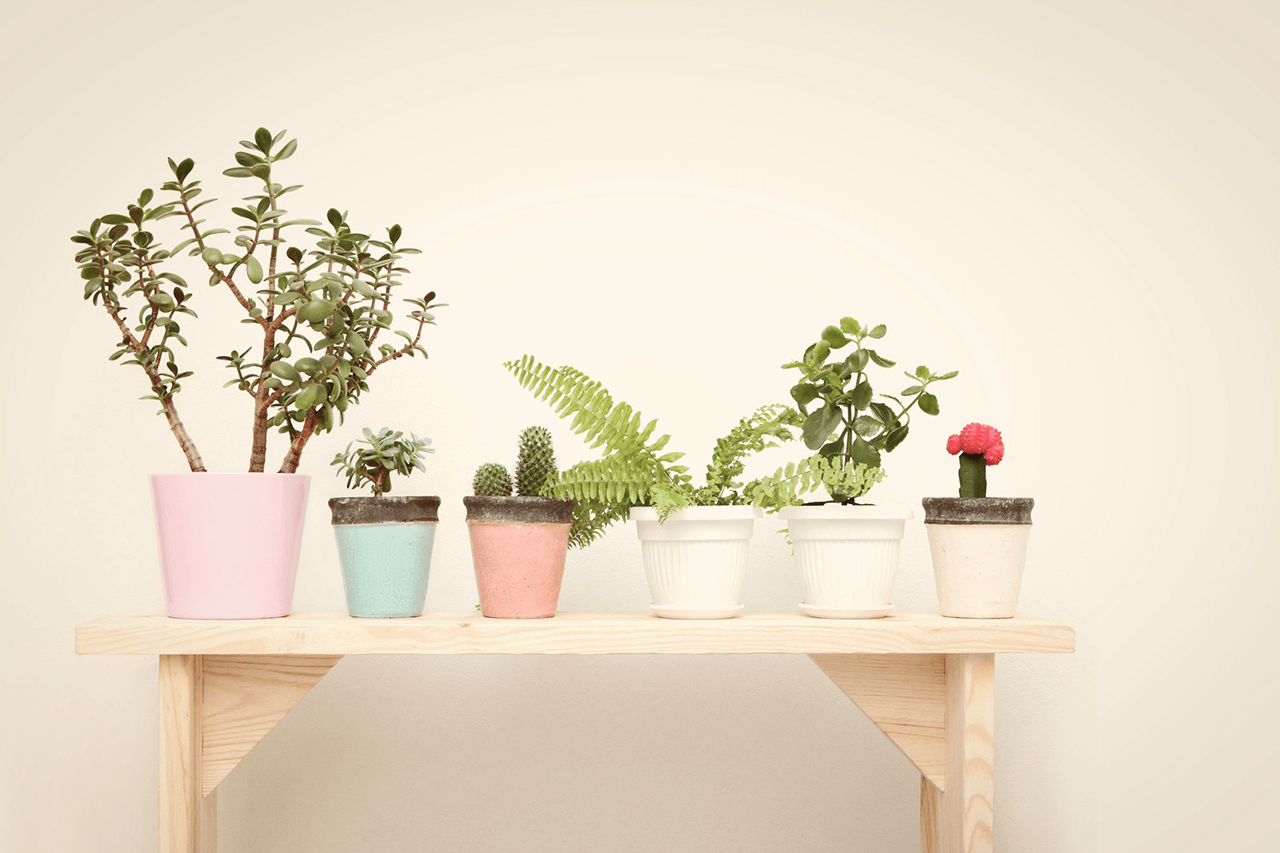The 10 best plants to cleanse indoor air
Discussions about air pollution normally center on toxic emissions pumped into the air by coal plants, cars and factories.
Indoor air pollution can be just as harmful to people who suffer from asthma, allergies or respiratory problems. Environmental Protection Agency studies show that indoor air pollution poses a greater risk to residents than outdoor pollutants.
Air pollution in your home can come from a variety of sources: carbon monoxide fumes from an attached garage, cleaning products, paint, pet hair and dander, mold, moisture and chemicals released from building products. Homeowners add to indoor air pollution with second hand smoke, using a wood smoke fireplace and cooking on a gas stove.
According to the Environmental Protection Agency, the air within our homes can be 100 times more polluted than outdoor pollutant levels.
What can I do?
While you can quit smoking indoors and stop using your wood fireplace, other pollutants need to be managed. One of the easiest ways to reduce air pollution in your home is with greenery. Along with adding personality and life to your space, plants will gobble up the pollutants in the air.
Day-to-day plants will purify the air by removing pollutants, although not all plants serve this purpose. To get the best cleansing effect place at least two plants per 100 square feet in the rooms that are most used. Don’t overwater the plants as too much moisture can result in mold growth in the soil. Most of the 10 best plants to clean the air can be found at local nurseries.
English Ivy
This climbing vine blossoms in small spaces and low lighting. The dense foliage does well at absorbing formaldehyde, which is found in the resins on wood flooring and in carpet synthetic dyes. Formaldehyde is one of the most common indoor air pollutants.
Peace Lily
Most indoor plants that gobble up air pollutants don’t flower. The peace lily thrives in rooms with limited lighting, needs weekly watering and is poisonous to pets.
The peace lily blooms year-round and excels at ridding the air of benzene, a toxic chemical found in paints and furniture wax. It also absorbs acetone, a chemical compound found in electronic equipment, adhesives and some cleaners.
Boston Fern
The Boston fern displays best in a hanging basket. Its leaves and curbed fronds grow extensively. The plant is considered one of the best air purifiers although it requires considerable maintenance with lots of watering.
The Boston fern removes formaldehyde, which is found in glues and pressed wood products.
Snake Plant
The plant with tall, broad leaves is also known as mother-in-law’s tongue. The snake plant also does well in low light. It follows a different absorption process than other plants by sucking in carbon monoxide and releasing oxygen. Place in a sleeping area for additional oxygen at night.
The plant helps lower carbon monoxide emissions and gets rid of formaldehyde and benzene as well.
Golden Pothos
This attractive vine plant has large, shiny green leaves with golden streaks. It can reside in a hanging basket or climb an indoor trellis.
Common among vines, it loves formaldehyde but also absorbs carbon monoxide and benzene, which is found in some inks. The best location for this vine is near the garage door so it can suck up car fumes.
Gerber Daisy
This pretty flowering plant is a dual pollutant fighting plant. It filers out trichloroethylene, which is found in dry cleaning and removes benzene. The gorgeous plant needs lots of sunlight, so locate it appropriately.
Red-Edged Dracaena
Several different kinds of dracaena plants help clean indoor air. The red-edged dracaena filters benzene and formaldehyde, as well as xylene and toluene, chemicals found in fingernail polish, glues, lacquers and paints.
The plant needs lots of bright light but not direct light from a window. Don’t water the plant too much as it can develop root rot.
Chrysanthemum
This plant, also known as a “mum,” has decorative flowers that last about six weeks and provides medicinal and air filtering purposes. The chrysanthemum eliminates formaldehyde, xylene, benzene and ammonia.
For care it needs bright but indirect sunlight and warm water. Keep it damp.
Ficus Alii
This plant grows into a small bush with lush green leaves. In the wild the ficus fruit is a food source for birds, indoors it’s an air quality maven. It filters out the common pollutants and is best located in a room with tall ceilings and partial shade.
This is not an appropriate plant for anyone who is allergic to latex.
Bamboo Palm
This leafy palm tree can grow up to six feet tall so it needs a room with tall ceilings. It adds moisture to a room, so it’s best located in a dry place. It eliminates common pollutants like formaldehyde, benzene and carbon monoxide, but is also effective on xylene, and chloroform, which is mostly found in pesticides.
Green Maids Service is a Dallas-based cleaning company that only uses hypoallergenic and environmentally-friendly products.
If you are concerned about the air quality in your home and don’t want to contribute to existing toxic fumes, then look no further than Green Maid Service. Regular cleaning products leave a strong odor that contributes to polluted air in your home and add a coating to surfaces that can irritate sensitive skins.
If you want clean air contact Green Maid Service at 214-997-6918.
